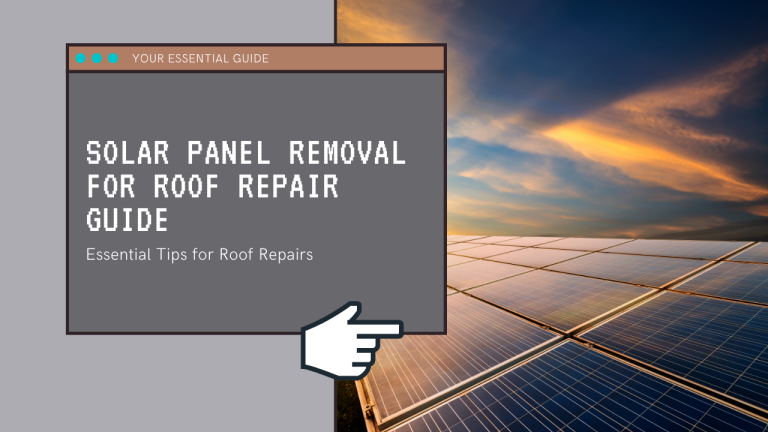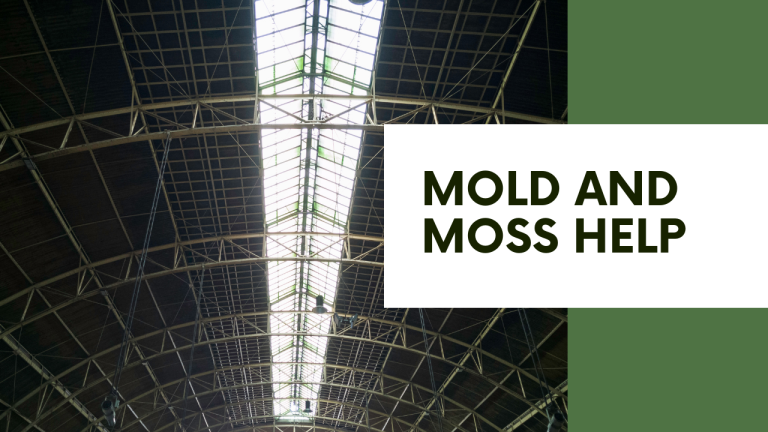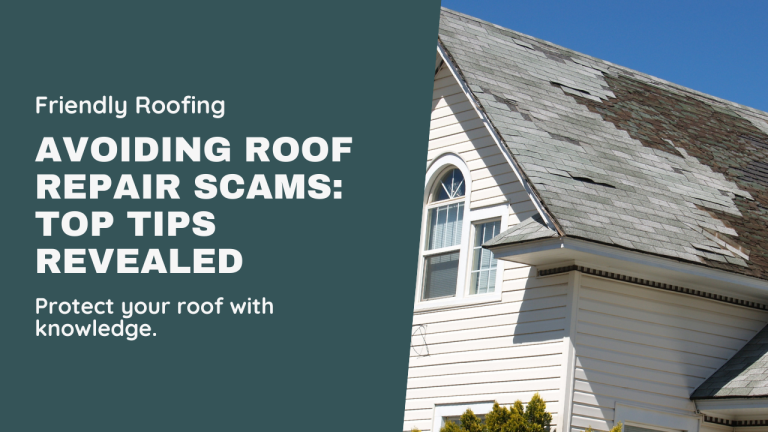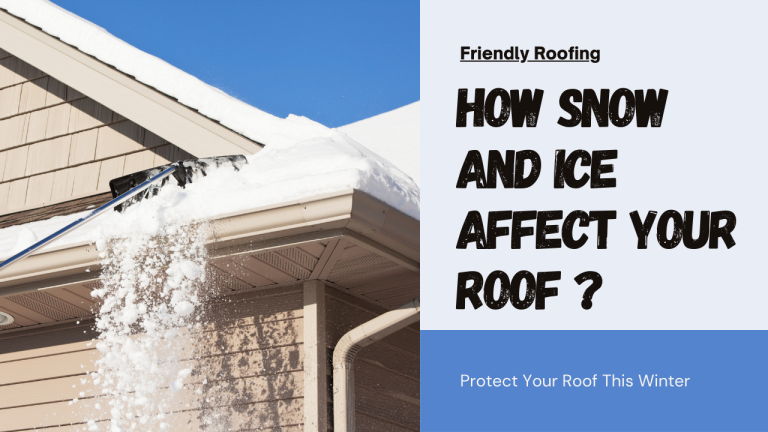Winter brings with it a host of challenges for homeowners, and one of the most common and troublesome issues is the formation of ice dams on roofs. These icy barriers can lead to water damage, leaks, and even structural problems if not dealt with promptly and safely. Understanding why ice dams form, knowing how to remove them without causing harm, and taking steps to prevent their return are essential for protecting your home during the colder months.
In this easy-to-follow guide, we’ll walk you through the basics of ice dams, share practical removal techniques, and offer tips on keeping your roof safe from these winter nuisances.
What Are Ice Dams and Why Do They Form?
Imagine a ridge of ice sitting at the edge of your roof, blocking the flow of melting snow and causing water to seep into your home – that’s an ice dam. These pesky formations occur when heat from your home escapes through the roof, melting the snow on top. As this melted snow reaches the colder eaves, it refreezes, creating a dam that traps water behind it. This trapped water can lead to various problems, including water damage, roof leaks, and even structural issues. Several factors contribute to the formation of ice dams, such as:
- Poor attic insulation and ventilation, allowing heat to escape and warm the roof unevenly.
- Variations in roof temperature, causing snow to melt and refreeze in certain areas.
- The natural cycle of snow melting during the day and refreezing at night, creating ideal conditions for ice dam formation.
Understanding these factors is key to effectively removing ice dams and preventing them from causing further damage to your home.
Getting Ready to Remove Ice Dams Safely
Before you tackle that ice dam on your roof, take a moment to assess the situation and gather the tools you’ll need for a safe removal process. Start by checking your roof and interior for signs of water damage, like stains on ceilings or walls, to gauge the extent of the problem. Once you’ve done that, gather the following items to ensure a safe and successful ice dam removal:
- A roof rake – This handy tool allows you to remove snow and ice from your roof’s edge without damaging the shingles or gutters.
- Ice melt products – Calcium chloride or rock salt can help speed up the melting of ice dams.
- Heated cables or heat tape – These can be installed along the roof’s edge to prevent ice dams from forming or help melt existing ones.
- Protective gear – Gloves, goggles, and non-slip boots to keep you safe during the removal process.
With these tools in hand, you’re ready to tackle those ice dams and protect your home from potential damage.
Safe Techniques for Removing Ice Dams
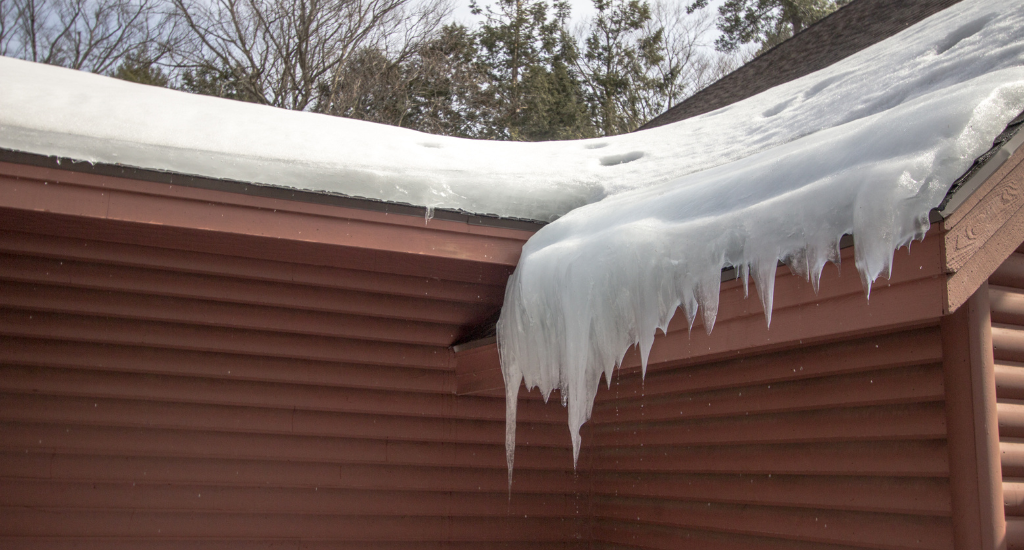
1. Roof Raking
Using a roof rake is one of the most common and accessible methods for removing snow and ice from your roof’s edge. Here’s how you can safely and effectively use a roof rake to get rid of those pesky ice dams:
✔ Gently rake the snow and ice off the roof’s edge in an upward motion to avoid damaging the shingles or gutters.
✔ Create a clear path along the roof’s edge to allow melted water to flow freely and prevent new ice dams from forming.
✔ Be cautious and ensure you have stable footing while raking to prevent accidents or injuries.
Remember, it’s important to use a roof rake carefully to avoid causing damage to your roof or putting yourself at risk. If you’re unsure about using a roof rake, consider seeking help from a professional.
2. Ice Melt Products
Ice melt products can be a useful tool in speeding up the melting of ice dams. When using these products, keep the following tips in mind:
✔ Apply the ice melt product according to the manufacturer’s instructions to ensure even coverage on the ice dam.
✔ Monitor the melting progress and reapply the product as needed to maintain the melting process.
✔ Be mindful of any potential harm to nearby vegetation or pets when using ice melt products.
While ice melt products can be effective, it’s best to combine them with other removal techniques for optimal results.
3. Heated Cables or Heat Tape
Installing heated cables or heat tape along your roof’s edge can help prevent ice dams from forming or assist in melting existing ones. Here’s how you can safely install and use heated cables or heat tape:
✔ Arrange the heated cables or heat tape in a zigzag pattern along the roof’s edge to effectively melt the ice dam.
✔ Ensure proper electrical connections and insulation to prevent any electrical hazards.
✔ Regularly check the system to ensure it’s working correctly and melting the ice dam efficiently.
Heated cables or heat tape can be a long-term solution for preventing ice dams, but they require careful installation and maintenance to work effectively.
4. Professional Help
In some cases, removing ice dams may be too challenging or risky to do on your own. Hiring a professional contractor with experience in ice dam removal can offer several benefits:
✔ Expertise in identifying and addressing the root causes of ice dam formation, such as insulation or ventilation issues.
✔ Access to specialized equipment and techniques for safely and efficiently removing stubborn ice dams.
✔ Peace of mind knowing the job will be done right and with minimal risk to your roof or home.
When choosing a professional contractor, be sure to do your research, read reviews, and get multiple quotes to find the best fit for your needs.
Preventing Future Ice Dams
While removing existing ice dams is crucial, taking steps to prevent their return is equally important. Here are some strategies to help keep your roof free from ice dams:
✔ Improve attic insulation and ventilation to maintain a consistent roof temperature and prevent uneven snow melt.
✔ Keep gutters and downspouts clear of debris to ensure proper water drainage.
✔ Consider long-term solutions like roof heating systems or additional insulation to minimize heat loss and ice dam formation.
✔ Regularly inspect your roof for signs of roof damage or potential issues and address them promptly to maintain your home’s protection.
By implementing these preventive measures, you can reduce the risk of ice dam formation and protect your home from the damage they can cause.
Safeguard Your Home from the Perils of Ice Dams
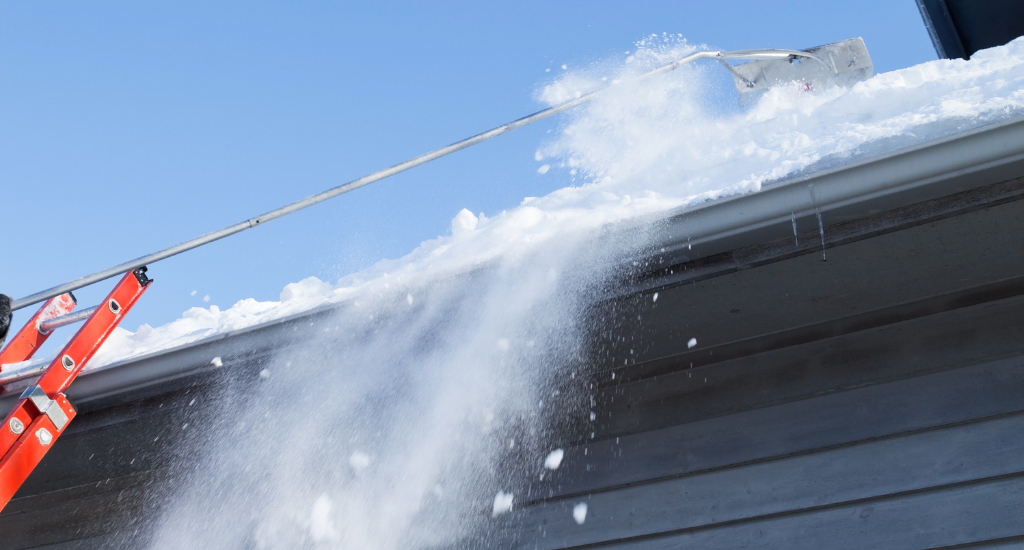
Safely removing ice dams from your roof is essential for protecting your home from water damage and structural issues during the winter months. By understanding why ice dams form, preparing for safe removal, using effective techniques, and taking preventive measures, you can keep your roof in top condition and enjoy a worry-free winter season. Remember to prioritize safety throughout the removal process and seek professional help if needed. With the right tools and knowledge, you can safeguard your home from the hazards of ice dams and ensure a safe and secure living environment for you and your family.

